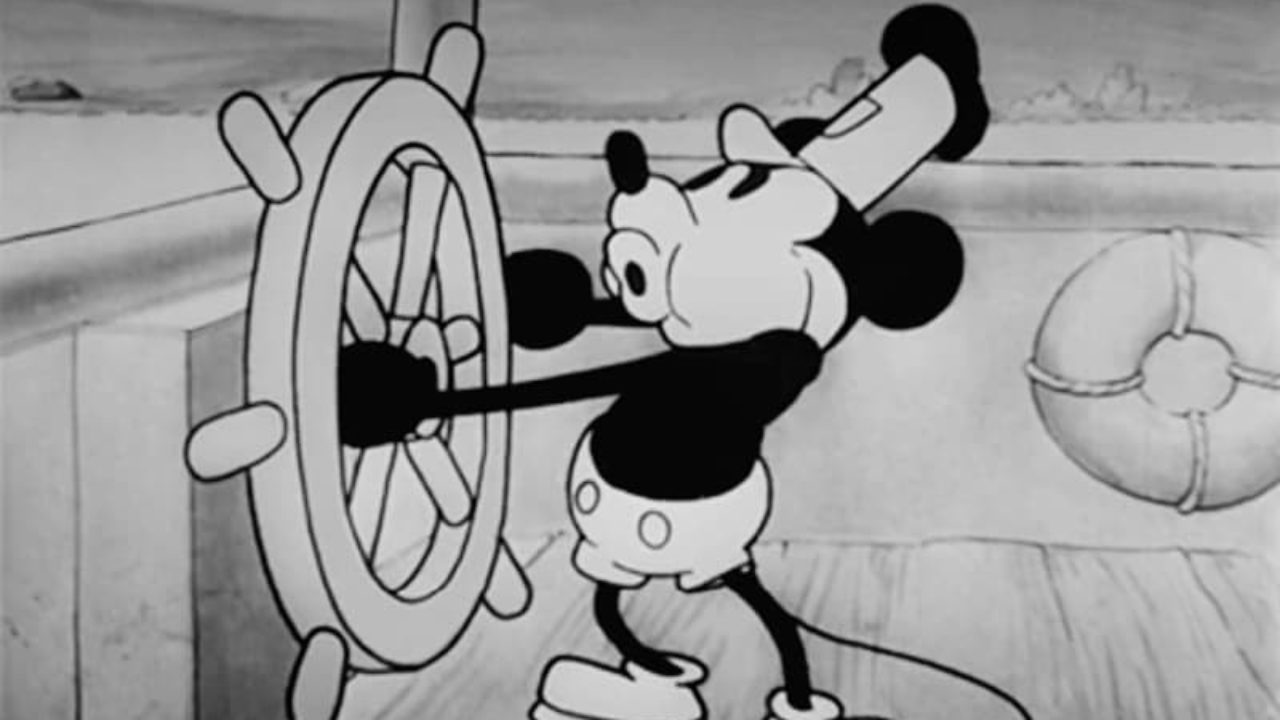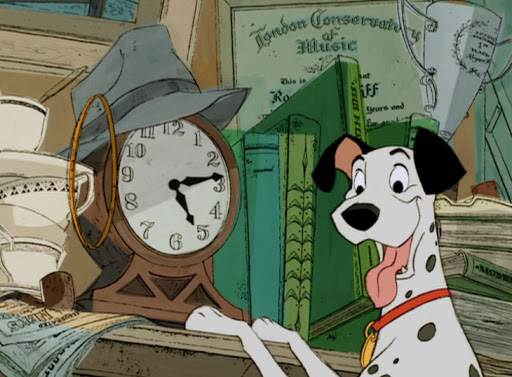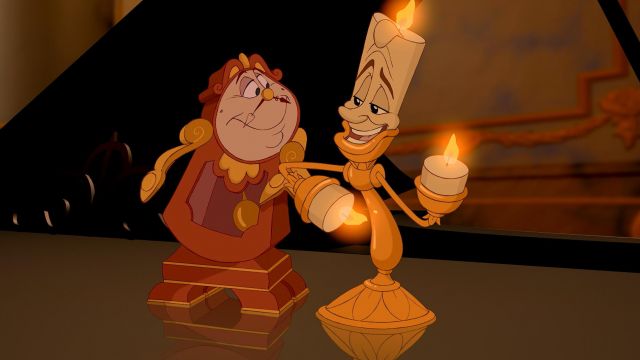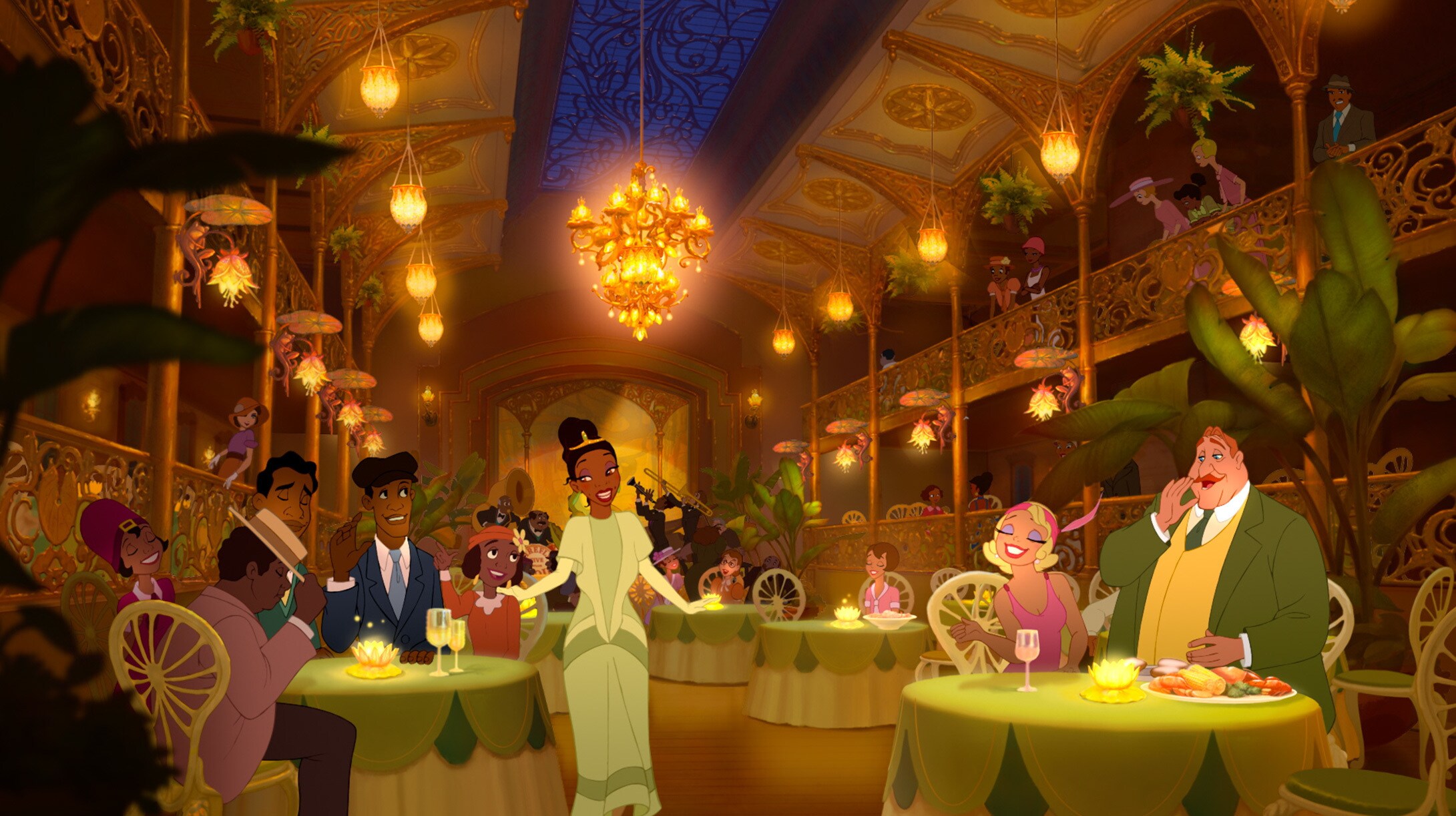This summer I’m heading to Disney World for the first time. Before I go, I thought it would be a fun idea to watch all of the Disney movies in the months leading up to my trip. Most of these movies I’d seen at least once before, but many I hadn’t seen since childhood and there were a few that I had never seen at all. It was a fun romp through 59 movies and 84 years of movie magic.
To start off, I wanted to break down one of the larger takeaways I had from my watch. Viewing each film in order puts the progression of the medium into astounding perspective.
Let’s Talk Animation

The Walt Disney Animation Studio has always been a pioneer in the art of animation. They brought sound to moving pictures, they brought color to the big screen years before major studios did with live action. They brought computers to the big screen, emotion to hand-drawn images, and dozens of other technical achievements in between.
But I’d like to talk to the technical processes of animation and why Disney’s best years were those while Walt was alive. Traditional Animation, the look and feel of the Golden Age, was dead long before Walt Disney Animation Studios made the shift to 3D animation.
Hand Painted Animation

2D character animation (Traditional Animation) is a very complicated process, and one that has changed greatly in the century it’s been professionally handled by animators. However, the fundamentals of that process have never fully changed, even if many steps have been simplified and others added through the decades. For the sake of this article, I’ll provide a brief breakdown of how traditional cel-animation works.
Step 1: Drawing

This is the step most people are already familiar with. The animator works on the character’s movements and draws them (typically) with pencil. These sketches are usually created very rough with lots of reference lines. These set the tone, timing, and design of the character and this is typically the part of the process directly overseen by the animator receiving credit. Once approved, these are typically cleaned up and even traced onto fresh paper for inking. There are lots of story-boarding and technical requirements in between, but this is the gist of how it works.
Step 2: Inking and Painting
Once approved and cleaned up so that reference lines, mistakes, and geometrical guide lines are gone, the drawing is then sent to be inked and painted. Here the finished drawings are traced onto a cellophane sheet and then colored in. Again, there are technical steps in between to get things just right, but this is the gist of the process. The colored drawing is then ready to be filmed.
Step 3: Filming

Cels that have been inked and painted are ready to be placed in front of the multiplane camera and brought to life. This is a painstaking process (as is most of animation) and a slight screw up or miscalculation early on can ruin entire days worth of work. Here the cels are placed and photographed one at a time using a complex rig that utilizes multiple layers of glass, backgrounds, cel animations, and man power to create the illusion of depth and movement on top of the animator’s work. This has to be done one frame at a time, which typically accounts to 12-14 frames per second depending on the budget of the film or 720-840 frames per minute. The more complex the scene and the more elements in play, the more it takes to set up a frame. It’s a very time consuming and teamwork consuming process.
The “Traditional Era”

The process described above is what is known as Traditional Animation and it is the primary process used by Walt Disney from the 1920s through the late 1950s. Every film from Snow White and the Seven Dwarfs through Sleeping Beauty was made via this process. It’s time consuming, expensive, and absolutely gorgeous. There’s a certain lifelike quality that’s captured in the human margins of error that brings these films to life in a way that the later methods of animation never seemed fully able to capture.
It’s difficult to understand at times, but there was an era where nobody thought that animated characters were capable of telling a compelling story. Walt Disney proved them wrong with Snow White and the Seven Dwarfs, the first film not only to be rife with cartoon gags but to extract empathy from its audience as they rooted for the plight of the poisoned princess. During the Golden Age of Disney Animation (1937-1942), Walt and Co continually pushed the bounds of a medium that they were helping to establish. It was more or less a competition between themselves as they strove to go deeper, go bigger, and go bolder.
Limited in their backgrounds and environments, the animators pushed the limits of their drawing to the test as they brought life to flat backgrounds and depth to the second dimension.
Roadblocks

However, this was all to the headache of Walt’s brother and CFO, Roy Disney. The problem with traditional animation is that it requires crazy amounts of time and manpower- meaning it also takes crazy amounts of money to keep pushing the medium. Take Sleeping Beauty for example.
The 1959 Epic is perhaps the most dazzling, detailed, and beautiful of the films produced under Walt’s supervision. While not an explosive hit at the box office, it released to moderate commercial success and critical acclaim. However, after six years of development it was so costly that it helped give Walt Disney Studios its first fiscal loss in many years. In order to get the most out of traditional animation the studio needed to spend bank breaking amounts of money on every film, something that was simply not feasible.
Xerography

Fortunately for Walt and the studio there was a cheaper method of animation on the horizon. The dawn of the Xerox copying process produced Xerography, a method by which shortcuts could be taken in traditional animation. Instead of the costly and timely process of copying the animator’s drawings onto a cel, the Xerox machine provided animators the ability to copy from paper to cel in a matter of minutes. This era lasted from 101 Dalmatians in 1961 until The Little Mermaid in 1989.
With Xerography, much of the techniques and style of traditional animation were still in tact. However, cut corners came with industrial challenges of their own. Xerography left harsh lines and the bold strokes of the animator’s drawings could only be presented in black. This meant that objects had harsher edges in solid black colors, and that shapes were given more inorganic geometric definition. The xerox process produces hard strokes and removes the light boundaries and shapes of the Traditional Animation process. The stroke of the animator’s pen feels weightier and lines thicker. Eventually the ability to copy colored edges came to the Xerox process and animation was again given the thinner, more organic feel of the original cel process. However, the Xerox process was never given time to be perfect. As it reached the quality of the Traditional style, a new technology came into play.
CAPS

Then came computers. Here is where the game irreversibly changed, for the worst and for the best.
The Computer Animation Production System (CAPS) was Disney’s foray into the defining style of their last days in 2D animation. CAPS sped up the process by removing the copying process entirely as drawings could be scanned and colored directly into the computer where they were then animated and merged with other layers for the final film. As the software became more advanced images could be drawn directly into the computer, cutting out many of the steps from traditional animation and providing for greater manipulation.
The Good of CAPS

CAPS allowed animators to push the depths of an image in ways that the traditional process and multiplane camera could not. Animators were no longer held back by the physical size of the multiplane or the timeliness of the process. Furthermore, drawings could be manipulated and even changed after they were drawn by the animator. Frames could be tweaked to create new images and eventually computers even held the power to digitally draw in-between frames of animation. This meant that animators could draw the beginnings and ends of movements and computers would create the in between steps.
CAPS also allowed for greater depths of color, dynamic camera moves, and more creative lighting. CAPS opened the door for the integration of 3D and digital elements. It could also create uniformity in terms of colors and blending, modeling, and other similar artistic elements.
The Bad of CAPS

In my opinion, the beginning of the end of traditional or 2D animation came when Disney began using CAPS in The Rescuers Down Under (1990). As the studio began to push the depths of their shots, the details and dynamics of their backgrounds, and their exploration of the digital space; the exterior work began to outpace what was capable for the character animators to do in a 2D space. A 2D character perfectly animated will look perfect in a 2D environment but once that space receives extra dimensionality it begins to outshine and even cheapen the work done by the character animators.
There’s a stillness to Traditional Animation that all but disappeared in the CAPS era. With computers at their disposal it felt like Disney was pushing realism for the sake of realism more and more. As a result there’s a feeling of over crowdedness looming over every CAPS produced movie. The simplicity of the the Walt Era, even when dealing with vibrant and complicated characters, is lost in the digital age. Characters and figures feel more refined, more rigid, and more inhumanely perfect. There’s beauty in the human imperfections incurred during the process of Traditional Animation and CAPS removed that beauty from the equation.
Even top tier Renaissance films created through CAPS like Beauty and the Beast and The Lion King feel rigid and immobile compared to similar movements and characters created via Traditional Animation. They are still gorgeous to look at, but they’ve lost the essence of what made the Golden Age so Golden.
Let’s Visualize
Take a look at these two stills of Princesses and their big dance. The first, from Snow White was traditionally animated. The second, from Beauty and the Beast, was created through CAPS.
Notice how more defined the edges are for Beauty and the Beast. Notice how deeper the background goes and how more alive the environment feels. Yet which shot looks more organic?
It’s true that the dance sequence in Beauty and the Beast features more dynamic swoops, pans, and camera moves. However, Snow White feels more alive and more a part of her environment despite its flatness. There’s beauty in the simplicity, and computers simply took what was capable for the machine far beyond what was capable for the medium. By the time we reach later features like Treasure Planet or The Princess and the Frog, the detailed words are so vivid and so expansive that 2D animation can no longer keep up with the level of depth and detail.
The Pixar Argument (Pixargument)

Now, many people attribute Disney’s switch to 3D Animation with Chicken Little as a consequence of Pixar and DreamWorks’ success. This was definitely a factor, but I think the greatest poisons to Disney’s 2D Animation department were their own aspirations. That Walt-like spirit of always pushing for greater and greater work highlighted flaws within Traditional Animation that could only be revealed through more complex tools. The greater push for and emphasis on realism within the studio meant that Disney’s switch to 3D was inevitable, even if neither DreamWorks or Pixar found success with it.
With 3D Animation, Disney has been able to fully embrace the depth and dimensionality of its environments and to match them with characters that move like they do. Disney was pushing for the third dimension long before their characters made the switch. And even if 3D Animation had never happened and Disney insisted on 2D characters, Traditional Animation was already breathing its last.
The stillness, the reserve, the humanness of Traditional Animation died as the credits on The Little Mermaid rolled. Art that detailed is simply not feasible for studios to continually create, and as the 80s and 90s saw production costs for all films ramp up astronomically, Disney chose to adapt rather than die on a magnificent cel-painted hill.



One response to “The Death of Traditional Animation was Inevitable”
[…] they began with Snow White in 1937 and several of them were with the studio until as late as 1981. The traditional animation process as well as the transition to xerography was all overseen by the Nine Old […]
LikeLike